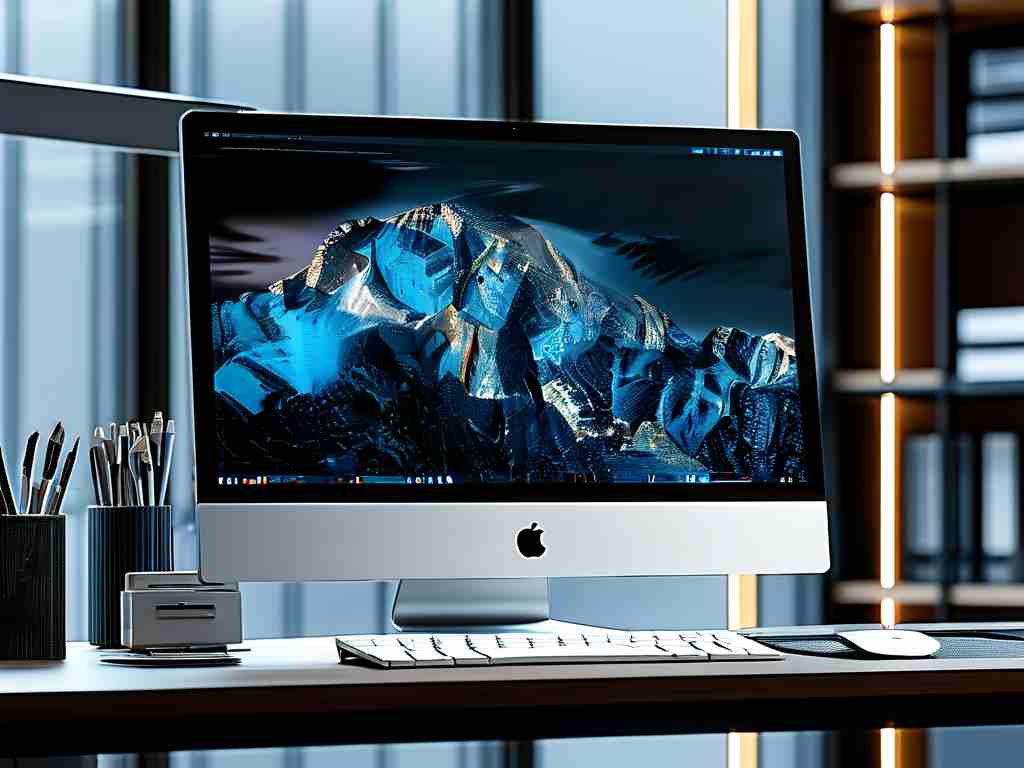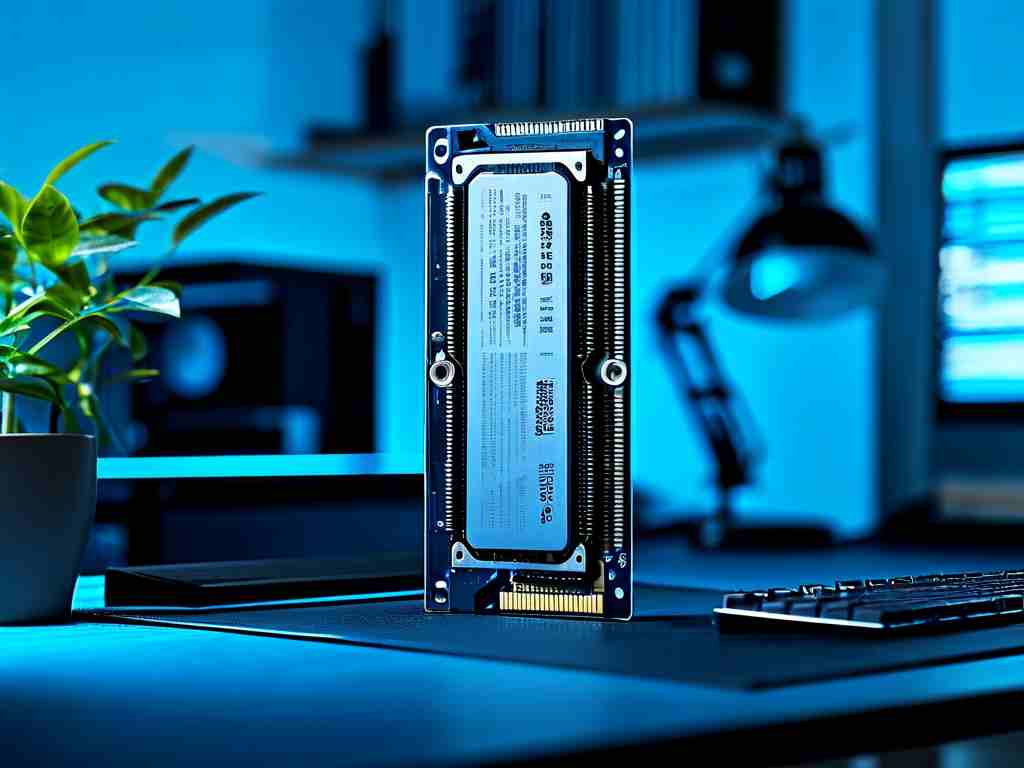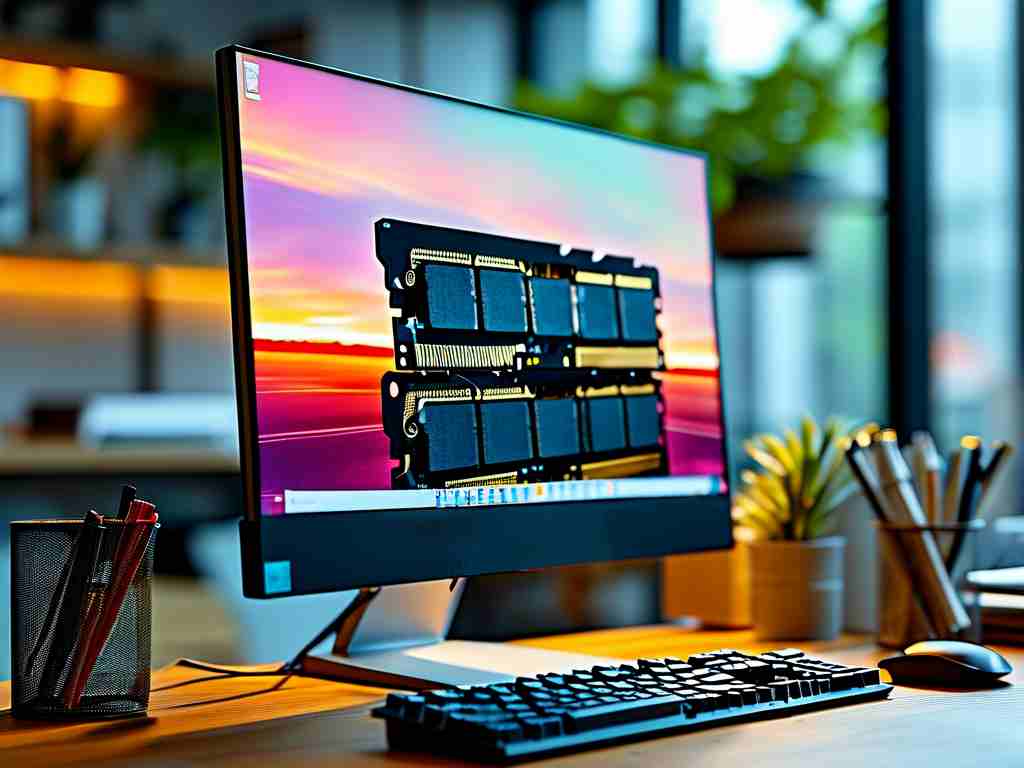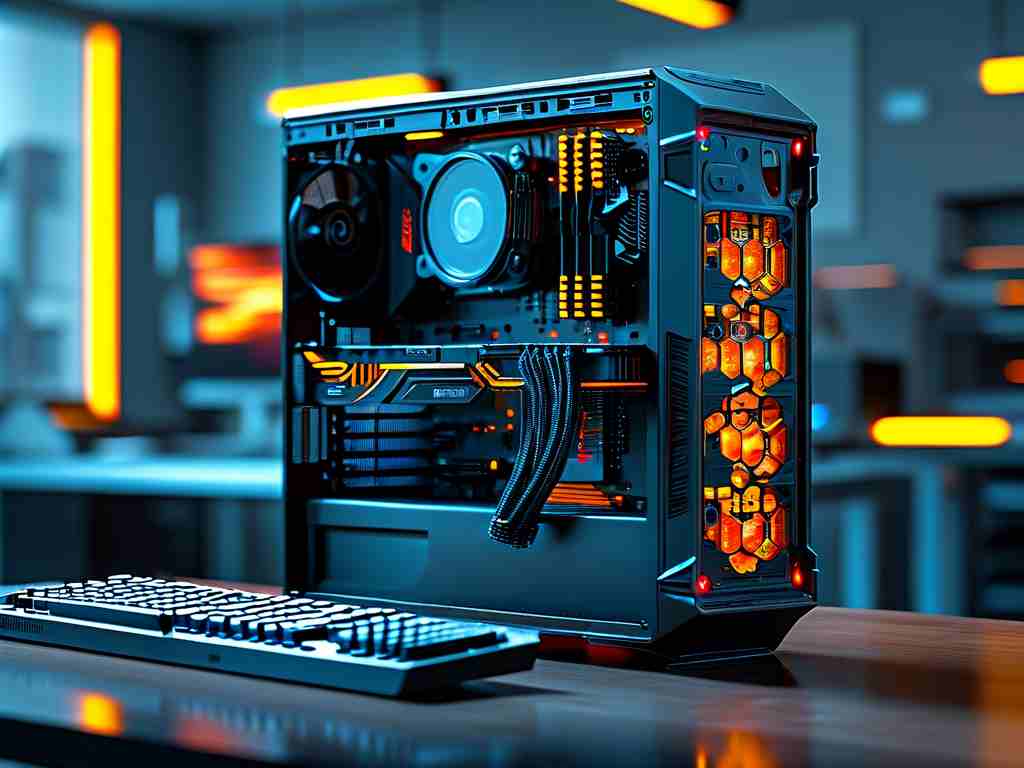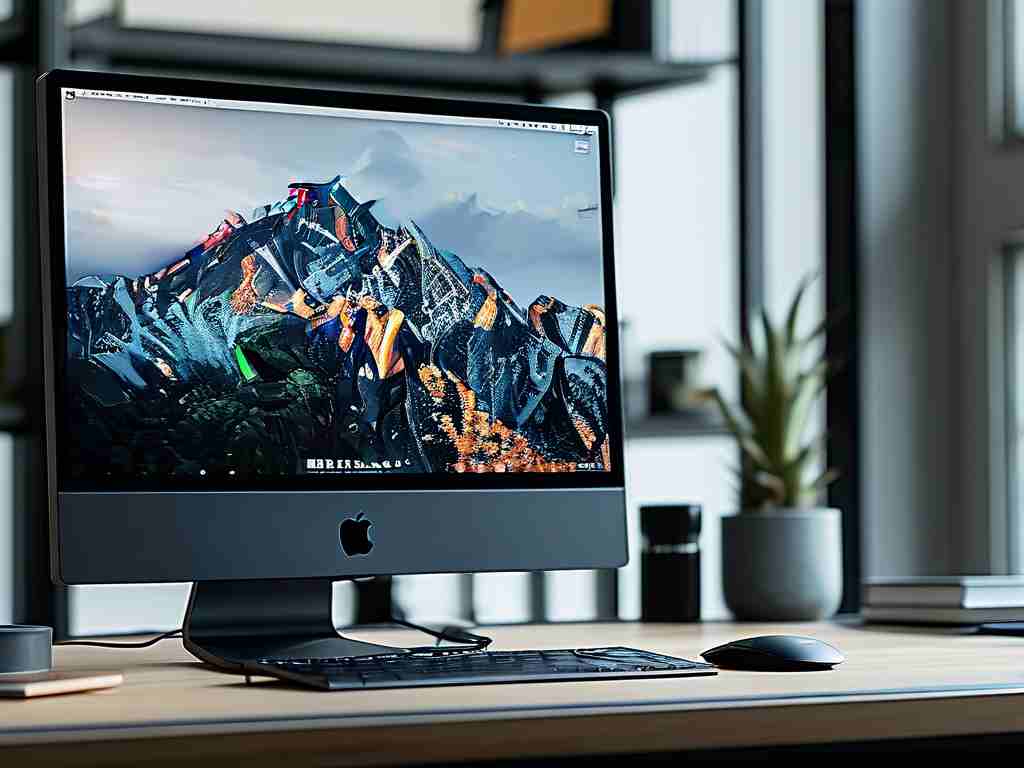When building or upgrading a computer, selecting the right memory (RAM) is critical for balancing performance and cost. This guide explores tailored recommendations for low, mid, and high-end systems, helping users optimize their setups without overspending.
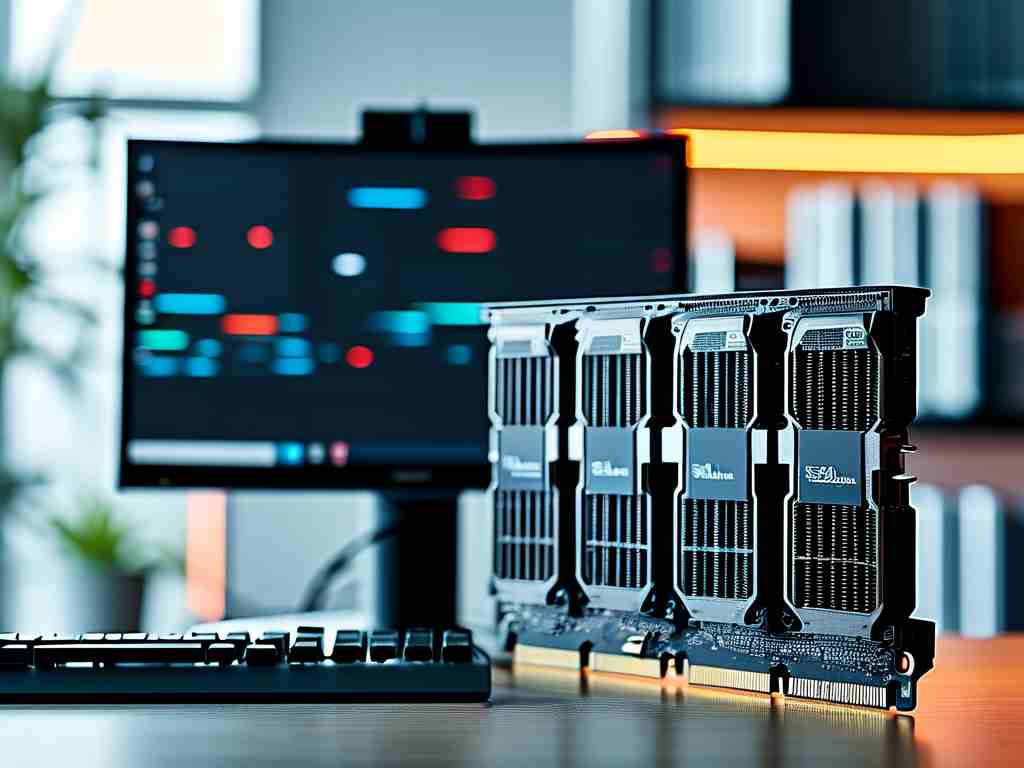
Understanding RAM Basics
RAM acts as a temporary workspace for your CPU, storing data for active applications. Higher capacity and faster speeds improve multitasking and responsiveness. However, mismatched RAM can bottleneck performance or waste resources. For example, pairing a budget CPU with ultra-high-speed DDR5 modules offers minimal real-world benefits compared to cost-effective DDR4 configurations.
Low-End Systems: Affordability First
For entry-level PCs targeting basic tasks like web browsing, document editing, or light media playback, 8GB of DDR4 RAM remains the sweet spot. Brands like Crucial and Kingston offer reliable 2400–2666 MHz kits that handle everyday workloads efficiently. Dual-channel configurations (2×4GB) provide a 10–15% performance boost over single modules.
Consider the Crucial Basics DDR4-2666 (CT8G4DFS8266) – a no-frills option with low latency and broad motherboard compatibility. For ultra-budget builds, used DDR3L modules (e.g., Samsung 4GB 1600MHz) can extend the life of older systems, though platform limitations may restrict upgrade paths.
Mid-Range Systems: Balancing Power and Value
Gaming rigs and content creation workstations demand 16GB of DDR4/DDR5 running at 3200–3600 MHz. This tier benefits from tighter timings (CL16–CL18) and dual-rank configurations. The Corsair Vengeance LPX DDR4-3600 (CMK16GX4M2D3600C18) stands out for its XMP 2.0 compatibility and heat spreader design, ensuring stable overclocking.
Emerging DDR5 options like the TEAMGROUP T-Force Vulcan 32GB (6000MHz) demonstrate how next-gen memory can future-proof systems, though they require compatible Intel 12th-gen+ or AMD AM5 platforms. A pro tip: Allocate 10–15% of your total build budget to RAM for balanced mid-range systems.
High-End Configurations: Pushing Boundaries
Enthusiast-grade setups for 4K video editing, 3D rendering, or competitive gaming thrive on 32–64GB of DDR5 running at 6400+ MHz. The G.Skill Trident Z5 RGB DDR5-6800 (F5-6800J3445G16GX2-TZ5RK) exemplifies this category with its aggressive timings (CL34) and active cooling solutions.
Workstation users should prioritize ECC (Error-Correcting Code) memory like the Kingston Server Premier DDR5-4800, which prevents data corruption during prolonged computations. For extreme overclockers, liquid-cooled kits such as the Patriot Viper Xtreme 5 DDR5-8000 push latency below 10ns, though these require specialized cooling and voltage tuning.
Compatibility Checks
Always verify:
- Motherboard QVL (Qualified Vendor List) support
- Physical slot types (DDR4 vs. DDR5 DIMM)
- Maximum supported capacity per channel
- XMP/EXPO profile availability
For mixed-module setups, match voltage and timing specifications to prevent stability issues. Tools like CPU-Z and Thaiphoon Burner help analyze installed memory characteristics.
Future-Proofing Considerations
While DDR5 adoption grows, DDR4 remains viable for budget-conscious builders. The performance gap between DDR4-4000 and DDR5-5200 in gaming averages just 5–8%, according to recent benchmarks. However, productivity applications leveraging DDR5’s 48-bit addressing show 20–30% gains in memory-intensive tasks.
As software demands escalate, prioritize expandability. Opt for motherboards with four RAM slots, allowing gradual upgrades. For example, starting with 16GB (2×8GB) leaves room to add identical modules later.
Cost-Performance Analysis
Recent pricing trends reveal:
- DDR4-3200 16GB kits: $35–$50
- DDR5-5600 32GB kits: $100–$130
- Premium DDR5-7200 64GB kits: $280–$350
Mid-range users get the best value, with DDR4-3600 32GB kits delivering 95% of mainstream application performance at half the cost of entry-level DDR5. Gamers should note that beyond 3600MHz, GPU capabilities often become the primary bottleneck.
Final Recommendations
- Budget Builds: Stick with DDR4 – Crucial Basics 8GB (2×4GB) 2666MHz ($25)
- Mainstream PCs: TeamGroup T-Force Delta RGB 32GB DDR4-3600 ($75)
- Enthusiast Rigs: G.Skill Trident Z5 RGB 64GB DDR5-6400 ($220)
Monitor memory prices during shopping festivals – historical data shows 15–20% discounts during Black Friday and Prime Day events. Always stress-test new RAM with MemTest86 for 4+ hours to ensure stability before deploying critical systems.
By aligning RAM choices with actual workload requirements rather than chasing specs, users can build systems that deliver smooth performance across computing tiers without unnecessary expenses.


